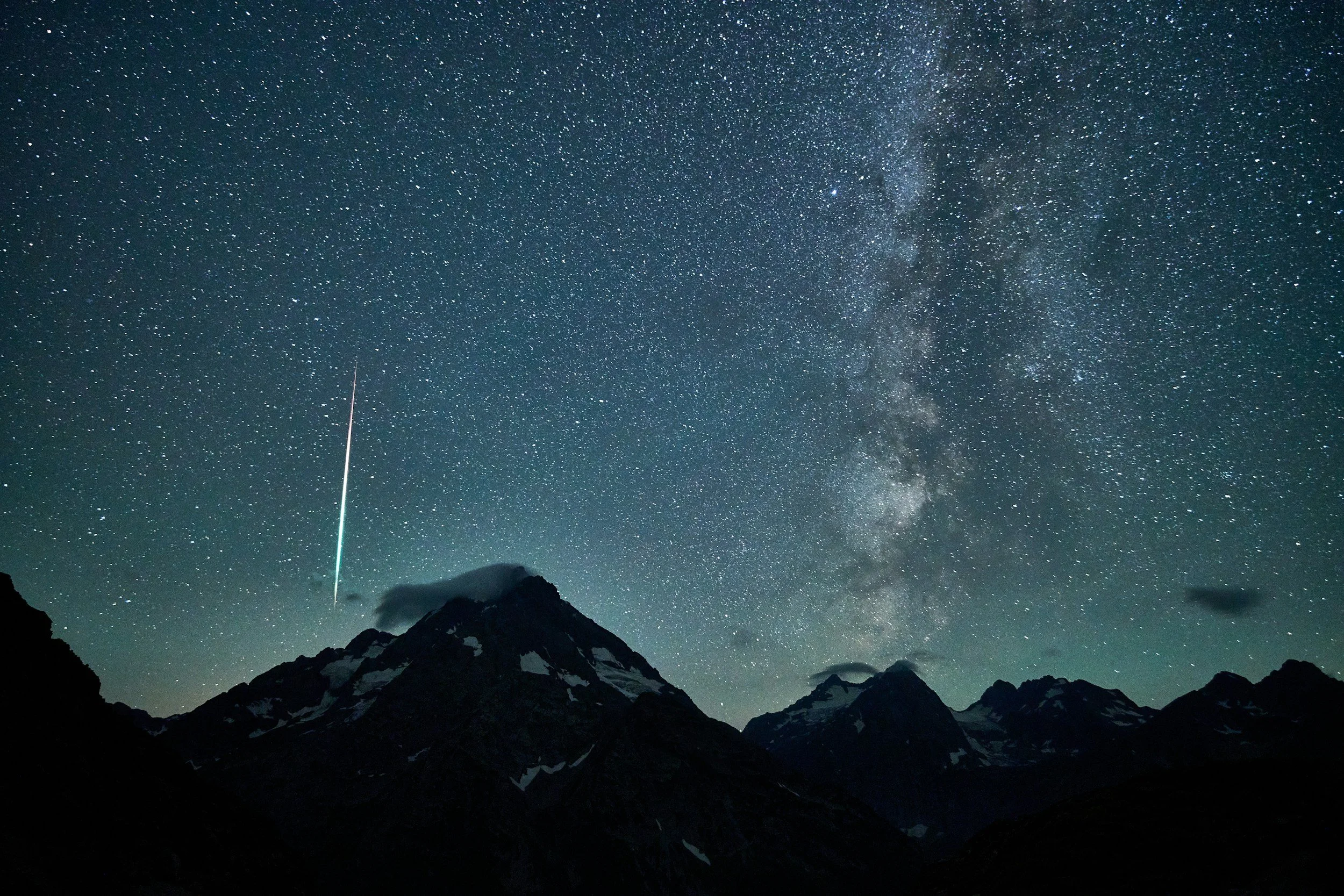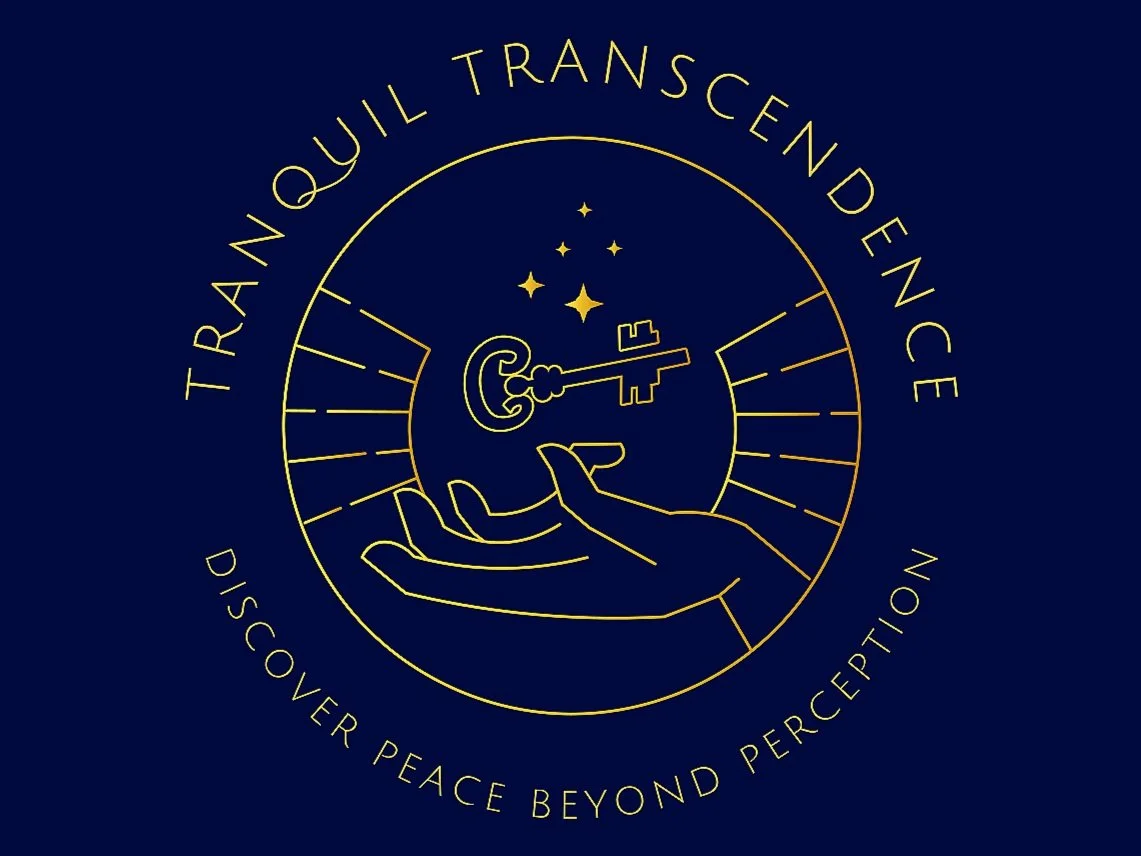
Psilocybin & the Brain: Short-Term, Long-Term,
and Life-Changing Effects
Welcome to the medicine of mushrooms.
Psilocybin—the active compound in psychedelic or “magic” mushrooms—is one of the most studied and respected psychedelic substances in modern medicine. What was once considered mystical is now also being proven measurable.
From people with no known trauma to those navigating PTSD, depression, addiction, and even end-of-life anxiety, psilocybin journeys are offering new pathways to healing, connection, and peace—both in the short term and long term.
How Psilocybin Works: A Brain-Based Breakdown
When psilocybin is ingested, it’s converted in the body into psilocin, the compound responsible for its psychoactive effects. Psilocin interacts primarily with the 5-HT2A serotonin receptors, which regulate mood, cognition, and perception.
What happens in the brain:
Default Mode Network (DMN) Suppression: The DMN governs your ego and sense of identity. Psilocybin quiets it—allowing deep spiritual experiences, ego dissolution, and a sense of unity.
Neuroplasticity: Brain imaging shows that psilocybin increases connectivity between brain regions, allowing for new insights, emotional breakthroughs, and the release of old thought loops.
Increased Emotional Processing: Areas associated with emotion (like the amygdala and prefrontal cortex) become more active and responsive, enabling reprocessing of trauma, grief, or subconscious blockages.
What Happens in the Brain?
When you take psilocybin, your body turns it into psilocin, the compound that creates the mind-opening effects. Here’s what it does:
Boosts serotonin: Psilocin activates key serotonin receptors in your brain—especially in areas that shape emotions, imagination, and self-awareness.
Softens the ego: It quiets the brain’s “default mode network,” which is tied to your sense of identity and time. That’s why many people feel timeless, boundless, or even one with everything during a journey.
Rewires connections: Brain scans show that psilocybin allows parts of the brain to connect in new ways—creating insight, creativity, and healing.
Think of it like a reset button for your mind—one that clears mental clutter and opens new pathways.
Reference:
Carhart-Harris RL et al., Nature Communications, 2014
Preller KH et al., Biological Psychiatry: Cognitive Neuroscience and Neuroimaging, 2020
Short-Term Effects of Psilocybin
The acute effects of psilocybin typically begin within 30–60 minutes and last 4–6 hours, depending on dosage and individual sensitivity.
Common experiences include:
Altered perception of time and space
Visual and auditory enhancements
Emotional release or catharsis
Deep introspection or spiritual insight
Dissolution of ego or identity
Heightened empathy and connection
Most importantly, many people report experiencing a deep sense of love, unity, and meaning.
Reference:
Griffiths RR et al., Journal of Psychopharmacology, 2006
Studerus E et al., Psychopharmacology, 2011
Long-Term Effects and Healing Potential
What makes psilocybin so profound is not just the journey itself—but how long the benefits can last.
Long-term, psilocybin has been shown to:
Reduce symptoms of depression and anxiety (including treatment-resistant forms)
Rewire addictive thought patterns and behaviors (alcohol, tobacco, opioids, etc.)
Increase openness, creativity, and emotional resilience
Facilitate post-traumatic growth in those with PTSD or chronic emotional pain
Ease existential distress in terminally ill patients
Greater empathy, self-love, and purpose
Stronger resilience and clarity in daily life
A deeper connection to spirit, nature, and community
What the research shows:
Johns Hopkins found that a single high-dose session reduced anxiety and depression for months.
Imperial College London saw signs of a “brain reset” in people with treatment-resistant depression.
Reference:
Davis AK et al., JAMA Psychiatry, 2021
Johnson MW et al., Journal of Psychopharmacology, 2017
Ross S et al., Journal of Psychopharmacology, 2016
Who Can Benefit From a Psilocybin Journey?
While much of the clinical focus has been on those with moderate-to-severe conditions, even people without major trauma or mental illness report profound and positive change.
Categories of people who benefit:
Those with treatment-resistant depression or anxiety
Veterans or survivors of abuse with PTSD
People in recovery from addiction
Those facing death or grief (e.g., cancer patients, hospice)
Spiritual seekers or those wanting to deepen self-awareness
High-functioning individuals feeling stuck, numb, or disconnected
The common thread is this: psilocybin opens doors. Doors to healing. Doors to understanding. Doors to self-love and reconnection with life.
Reference:
Bogenschutz MP et al., JAMA Psychiatry, 2022
Gukasyan N & Griffiths RR, Current Topics in Behavioral Neurosciences, 2022
Closing Words
Whether you are here seeking healing, understanding, or a deeper connection to life itself, psilocybin is not a magic pill—it’s a sacred mirror. With the right support and intention, it can guide you back to your truest self.
If you're curious about how this journey might unfold for you or someone you love, you're not alone. This medicine is rising now for a reason. And you are ready.
Sources and Research Links
References & Resources
Here are some trusted sources if you'd like to link them on your site:
Johns Hopkins Center for Psychedelic and Consciousness Research
MAPS (Multidisciplinary Association for Psychedelic Studies)
Imperial College London – Centre for Psychedelic Research
Carhart-Harris, R. L. et al. (2012). Neural correlates of the psychedelic state as determined by fMRI studies with psilocybin.
Griffiths, R. R. et al. (2006). Psilocybin can occasion mystical-type experiences having substantial and sustained personal meaning and spiritual significance.

